In the ever-evolving world of sports medicine and wellness, one enduring truth remains: recovery is as critical as performance. Whether you’re a professional athlete, weekend warrior, or someone rehabilitating after injury, understanding how the body recovers is key to long-term health and success. Among the most commonly recommended strategies are physiotherapy and stretching—two pillars of musculoskeletal care that often go hand-in-hand.
However, despite their widespread use, confusion abounds. Should you stretch before or after a workout? Is physiotherapy only for injuries? Do these strategies actually enhance recovery, or are they simply routine traditions carried over through gym folklore?
This article explores the current evidence on physiotherapy and stretching, separating myth from fact, and offering practical guidance on how to use both effectively to support recovery, improve performance, and prevent injury.
In This Article
Understanding Physiotherapy’s Role in Recovery
Physiotherapy, or physical therapy, involves guided physical interventions designed to restore movement and function. While often associated with injury rehabilitation, modern physiotherapy extends well beyond post-operative care to include sports performance optimization, chronic pain management, and preventive care.
Core Goals of Physiotherapy in Recovery:
- Restore and maintain mobility
- Reduce pain and inflammation
- Improve muscular balance and posture
- Prevent future injuries
- Enhance neuromuscular coordination
A key differentiator of physiotherapy is its individualized approach. Practitioners assess biomechanical inefficiencies, range of motion limitations, and tissue integrity, tailoring programs that often include targeted exercises, manual therapy, stretching routines, and modalities like ultrasound, electrical stimulation, or dry needling.
Recent advances in the field have shifted recovery from passive rest to “active recovery”—a concept physiotherapy champions. A 2021 meta-analysis published in Frontiers in Physiology showed that active recovery methods like therapeutic exercise significantly outperformed passive strategies (e.g., complete rest) in reducing delayed-onset muscle soreness (DOMS), enhancing flexibility, and restoring function post-exercise (Afonso et al., 2021).
Stretching: Foundation of Flexibility and Functional Recovery
Stretching, when done appropriately, can enhance muscle elasticity, joint range of motion (ROM), and circulation. It’s commonly integrated into both warm-up and cool-down routines—but timing and technique matter.
Types of Stretching and Their Specific Benefits
| Stretch Type | Description | Best Use Case | Evidence-Based Benefit |
|---|---|---|---|
| Static | Holding a position for 20–60 seconds | Post-exercise or in rehab settings | Increases flexibility and ROM (Behm et al., 2016) |
| Dynamic | Controlled movements through full ROM | Pre-exercise or warm-up | Activates muscles, improves power and performance |
| Ballistic | Rapid, bouncing movements | Rarely recommended | High risk of injury; outdated except in some sports |
| PNF | Involves contract-relax techniques | Advanced flexibility training or rehab | Increases ROM more effectively than static alone (Hindle et al., 2012) |
Research indicates that static stretching prior to intense strength training may slightly reduce performance, while dynamic stretching before workouts can enhance agility and power output. In contrast, post-exercise static stretching helps maintain or increase flexibility, especially when muscles are warm and more compliant (Simic et al., 2013).
Does Stretching Help with Muscle Soreness? The Debate Continues
Despite popular belief, stretching may not significantly reduce post-exercise muscle soreness. A comprehensive review in the Cochrane Database of Systematic Reviews concluded that stretching, whether before or after exercise, does not provide a clinically important reduction in DOMS (Herbert et al., 2011).
Instead, soreness is better managed through a combination of:
- Low-intensity aerobic activity
- Myofascial release techniques
- Proper nutrition and hydration
- Active physiotherapy interventions
Still, stretching serves a critical function in preserving joint mobility, maintaining tissue length, and aiding circulation—important components of long-term musculoskeletal health.
Physiotherapy Modalities That Optimize Recovery
Beyond stretching, physiotherapy utilizes a wide range of evidence-based interventions to promote healing and recovery. Let’s break down some of the most common techniques:
| Physiotherapy Technique | Primary Purpose | Recovery Benefit |
|---|---|---|
| Manual Therapy | Mobilization/manipulation of joints and soft tissue | Reduces pain, restores motion |
| Therapeutic Exercise | Strength, balance, endurance, flexibility training | Rebuilds strength and neuromuscular coordination |
| Dry Needling | Targets myofascial trigger points | Reduces chronic pain and muscle tightness |
| Ultrasound Therapy | Deep tissue heating via sound waves | Accelerates tissue healing |
| Electrical Stimulation (TENS/NMES) | Nerve or muscle activation through electric current | Improves muscle re-education, decreases pain |
| Aquatic Therapy | Exercise in water environment | Reduces joint stress and supports movement |
Multiple studies support these methods. For instance, a 2022 article in Physiotherapy Theory and Practice showed that neuromuscular electrical stimulation (NMES) enhances quadriceps strength recovery post-ACL surgery, especially when used alongside stretching and functional exercise (Giggins et al., 2022).
Integrating Stretching with Physiotherapy for Best Outcomes
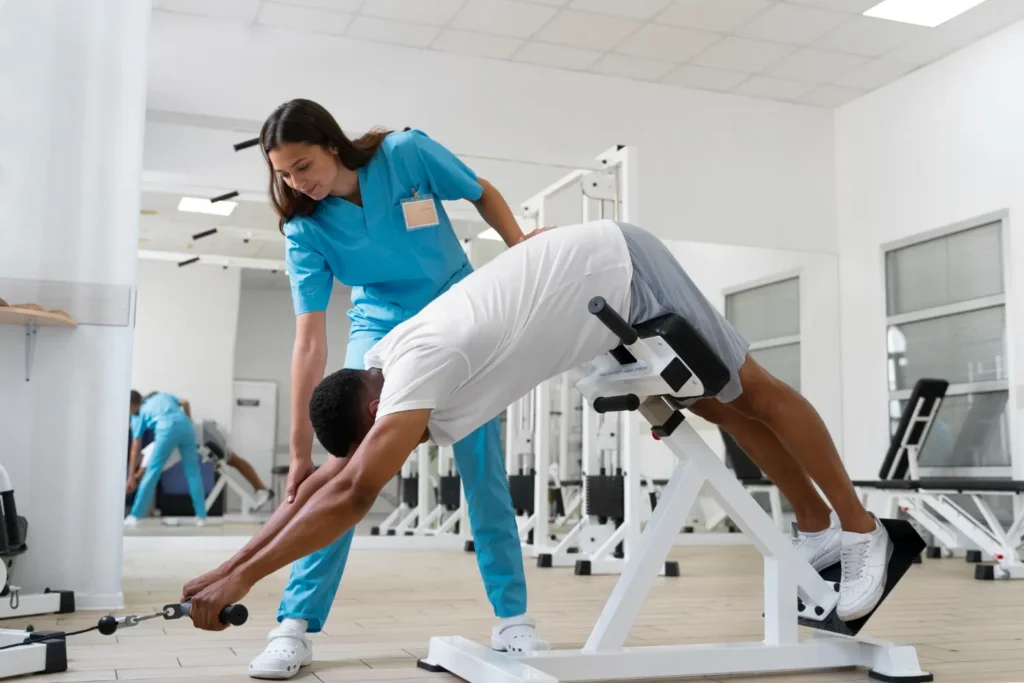
Optimal recovery doesn’t require choosing between stretching or physiotherapy. Instead, the most effective approach involves strategic integration.
Effective Recovery Plan:
- Dynamic Warm-Up
Begin each workout with dynamic stretching to activate target muscles and increase circulation. - Physiotherapy-Guided Movement
Incorporate individualized exercise prescriptions, especially after injury or surgery, to restore biomechanical function. - Post-Workout Static Stretching
Focus on lengthening muscles that were heavily taxed during exercise. Hold each stretch for at least 30 seconds. - Complementary Modalities
Use foam rollers, massage tools, or myofascial techniques post-session to alleviate muscle tightness. - Rest and Nutrition
Recovery is incomplete without adequate protein intake, sleep, and hydration—physiological foundations for tissue repair.
Addressing Common FAQs: What the Research Says
Is Stretching Necessary If I Already Do Strength Training?
Yes. Strength training alone may shorten muscles over time. Stretching helps maintain balance between tension and flexibility, reducing injury risk (Magnusson & Renström, 2006).
How Long Should I Hold a Stretch?
Hold each stretch for 30 to 60 seconds, repeating 2–3 times per muscle group for optimal improvements in flexibility (Behm et al., 2016).
Can Stretching Improve Posture or Back Pain?
Absolutely. Regular stretching of the hamstrings, hip flexors, and thoracic spine can relieve mechanical stress and correct postural imbalances (Page, 2012).
How Often Should I Stretch?
Aim for 3–5 times a week. Consistency is key—occasional stretching is far less effective than a regular routine.
Actionable Tips to Optimize Recovery at Home
Create a Personalized Recovery Routine:
- Alternate training intensity throughout the week.
- Use a foam roller post-exercise to target myofascial tightness.
- Invest in a few physiotherapy sessions to address chronic pain or movement dysfunction.
- Track your range of motion over time to measure progress.
Hydration & Diet Matter Too:
- Protein: Aim for 20–30g within 30 minutes post-exercise.
- Carbohydrates: Replenish glycogen stores with complex carbs like oats or brown rice.
- Electrolytes: Rehydrate with sodium and potassium-rich fluids after heavy sweating.
Sleep to Heal:
- The body secretes growth hormone during deep sleep—crucial for muscle repair.
- Aim for 7–9 hours of high-quality rest per night.
Emerging Trends: The Future of Recovery
Technology is revolutionizing physiotherapy. Wearable sensors now track joint angles, symmetry, and exertion in real time. Meanwhile, digital platforms and tele-rehab allow therapists to prescribe and monitor exercises remotely, making recovery more accessible than ever.
Additionally, predictive analytics powered by AI are helping physiotherapists customize treatment based on patterns from thousands of cases—a promising leap toward precision recovery.
In stretching science, researchers are examining how stretching affects not just muscles but fascia, nervous tissue, and even vascular function. Early findings suggest targeted stretching may support cardiovascular health and lymphatic drainage (Wilke et al., 2019).
Conclusion: A Smarter, More Scientific Approach to Recovery
Physiotherapy and stretching are far more than optional extras—they are essential components of a science-backed recovery plan. While stretching alone may not eliminate soreness, its role in maintaining flexibility and functional movement is indisputable. And physiotherapy, when guided by professionals and personalized to your needs, can drastically shorten recovery time, prevent injury recurrence, and enhance overall performance.
By understanding the science behind these practices and implementing evidence-based strategies, individuals can recover faster, train smarter, and move better. Whether you’re chasing athletic goals or simply aiming for pain-free movement, the combined power of physiotherapy and stretching can elevate your physical health.
References
Afonso, J., Clemente, F. M., Nakamura, F. Y., Morouço, P., Sarmento, H., Inman, C., & Ramirez-Campillo, R. (2021). The effectiveness of post-exercise stretching in short-term and delayed recovery of strength and range of motion: A systematic review and meta-analysis. Journal of Strength and Conditioning Research, 35(5), 1231–1238. https://doi.org/10.1519/JSC.0000000000003844
Behm, D. G., Blazevich, A. J., Kay, A. D., & McHugh, M. (2016). Acute effects of muscle stretching on physical performance, range of motion, and injury incidence in healthy active individuals: A systematic review. Applied Physiology, Nutrition, and Metabolism, 41(1), 1–11. https://doi.org/10.1139/apnm-2015-0235
Giggins, O. M., et al. (2022). Neuromuscular electrical stimulation and recovery outcomes post-ACL reconstruction: A systematic review. Physiotherapy Theory and Practice, 38(3), 456–468. https://doi.org/10.1080/09593985.2020.1728624
Herbert, R. D., de Noronha, M., & Kamper, S. J. (2011). Stretching to prevent or reduce muscle soreness after exercise. Cochrane Database of Systematic Reviews, 7, CD004577. https://doi.org/10.1002/14651858.CD004577.pub3
Hindle, K. B., Whitcomb, T. J., Briggs, W. O., & Hong, J. (2012). Proprioceptive Neuromuscular Facilitation (PNF): Its mechanisms and effects on range of motion and muscular function. Journal of Human Kinetics, 31, 105–113. https://doi.org/10.2478/v10078-012-0011-y
Page, P. (2012). Current concepts in muscle stretching for exercise and rehabilitation. International Journal of Sports Physical Therapy, 7(1), 109–119.
Simic, L., Sarabon, N., & Markovic, G. (2013). Does pre-exercise static stretching inhibit maximal muscular performance? A meta-analytical review. Scandinavian Journal of Medicine & Science in Sports, 23(2), 131–148. https://doi.org/10.1111/j.1600-0838.2012.01444.x
Wilke, J., Krause, F., Vogt, L., & Banzer, W. (2019). What is evidence-based about myofascial chains? A systematic review. Archives of Physical Medicine and Rehabilitation, 100(3), 454–461. https://doi.org/10.1016/j.apmr.2018.08.183
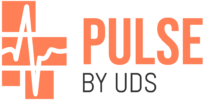





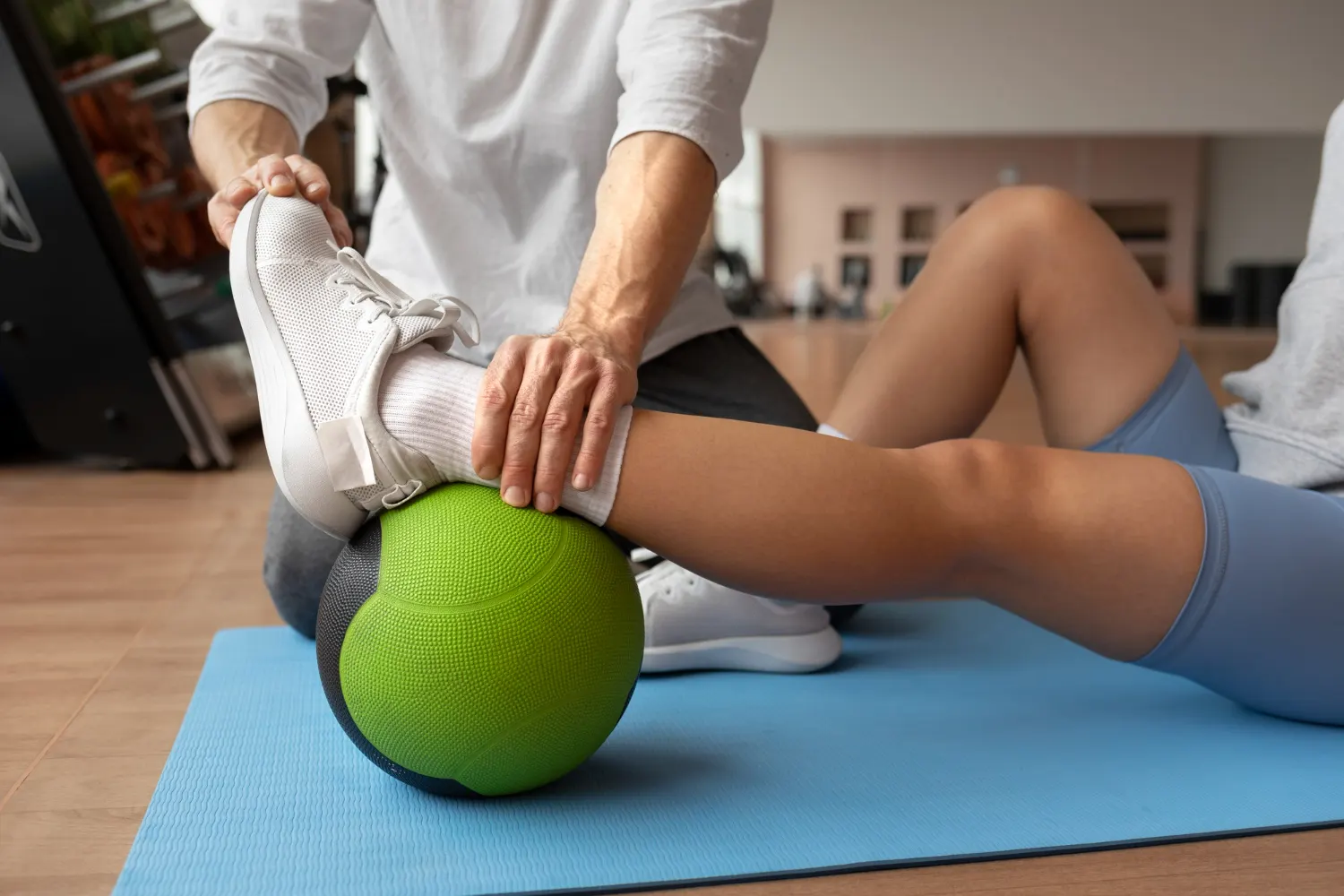

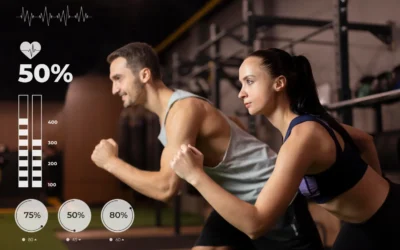
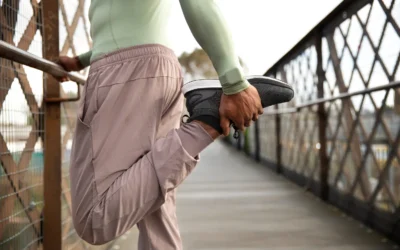
0 Comments